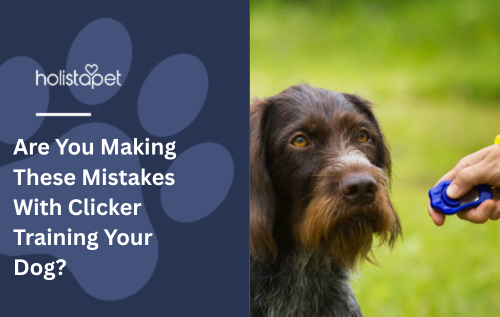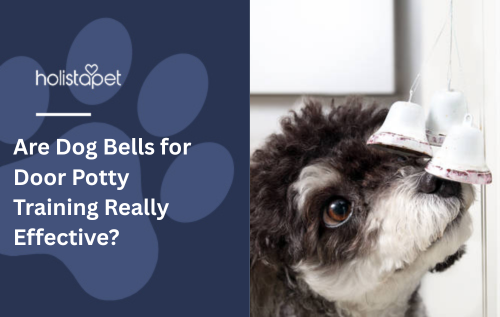Clicker training is one of the most effective, humane, and science-backed methods of teaching your dog good behavior. But are you using it the right way? Many pet owners start strong but unknowingly fall into habits that confuse their pups and slow down progress. In this blog, we’ll explore what clicker training is, how to use it properly, and the most common mistakes to avoid.
What Is Clicker Training for Dogs?
Clicker training is a positive reinforcement method that uses a small handheld device—a clicker—that makes a distinct “click” sound. The idea is simple: the moment your dog does the desired behavior, you click, then immediately reward them with a treat. Over time, your dog associates the click with doing something right.
This method creates clear communication between you and your dog, making training faster and more enjoyable for both of you.
 Why Choose Clicker Training?
Why Choose Clicker Training?
-
Quick learning: Dogs understand what earns them a reward.
-
Non-verbal communication: Great for shy or noise-sensitive dogs.
-
Consistency: The click sounds the same every time, unlike your voice.
-
Stronger bond: It builds trust between you and your pup.
How to Get Started with Clicker Training
Here are the basic steps:
-
Charge the clicker: Click and treat a few times so your dog connects the sound with a reward.
-
Pick a behavior: Start with something simple, like “sit.”
-
Click at the exact moment the behavior happens.
-
Follow immediately with a treat.
-
Repeat until your dog gets it consistently.
-
Add a verbal cue once the behavior is learned.
Common Mistakes in Clicker Training
Avoid these to get the best results:
-
Clicking too late or too early
Timing is everything. Clicking even a second too late can confuse your dog about what they’re being rewarded for. -
Using the clicker without a treat
The click is a promise of a reward. If you break that promise, the click loses meaning. -
Over-clicking or clicking randomly
Only click once per correct behavior. Multiple clicks can be distracting. -
Skipping the “charging” phase
If your dog doesn’t know the click means reward, they won’t respond well.
 Frequently Asked Questions
Frequently Asked Questions
How long does it take for my dog to learn with clicker training?
It depends on the dog and the behavior. Some dogs pick up simple commands in a day, while others take a few weeks. Consistency is key.
Can I use clicker training on older dogs?
Yes! Clicker training works for dogs of all ages. In fact, it can help re-train bad habits in older dogs.
Do I always have to use treats?
In the beginning, yes. But as your dog learns, you can switch to verbal praise or toys as rewards.
What if my dog gets scared of the clicker?
Try muffling the sound by clicking it inside your pocket or using a softer-sounding clicker.
Can I use clicker training for potty training?
Yes, you can click and reward right after your dog eliminates in the right spot to reinforce the behavior.
Helpful Notes
-
Use high-value treats your dog doesn’t get any other time.
-
Keep sessions short (5–10 minutes) to avoid burnout.
-
Train in a quiet space with minimal distractions, especially at the beginning.
-
Be patient—learning takes time and every dog progresses differently.
Final Thoughts
Clicker training your dog is not just a trend—it’s a proven, effective way to build lasting behavior through positive reinforcement. When done right, it creates a clear, fun, and stress-free training environment that your dog will thrive in.
So if you're struggling with communication or training success, maybe it’s time to ask: Are you really using the clicker to its full potential?
Take the time to learn, apply consistently, and celebrate those small wins with your pup. You’ll be amazed at how fast your dog learns—and how much they enjoy the process.


 CBD Oil for Dogs - Fast Acting
CBD Oil for Dogs - Fast Acting
 Chicken Flavored CBD Oil For Dogs - Easy Dose
Chicken Flavored CBD Oil For Dogs - Easy Dose
 Salmon Flavored CBD Oil For Dogs - Highly Rated
Salmon Flavored CBD Oil For Dogs - Highly Rated
 CBG Oil for Dogs and Cats - Loved by Thousands
CBG Oil for Dogs and Cats - Loved by Thousands





Leave a comment
All comments are moderated before being published.
This site is protected by hCaptcha and the hCaptcha Privacy Policy and Terms of Service apply.